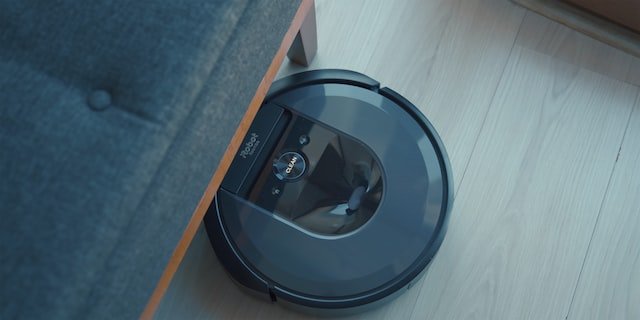When it comes to installing Central Vacuum Systems, it is best to let professionals do it. Central Vacuum Systems can be installed by yourself; however, it could be of moderate difficulty. Planning is crucial when it comes to a successful central vacuum installation. It is important to carefully plan each step in-advance and consider the layout and inlets necessary to clean your house. Here is a definitive guide to efficiently installing a Central Vacuum System for your home.

Planning Tubing System:
The most significant principle for an efficient Central Vacuum System is to keep your tube systems as short as possible. Before installing the Inlet Valves and Tubing System, deliberately plan the route to make it short. Make sure to run the tubes beneath the floors whenever possible to make the paths shorter. Finding locations of the Inlet Valves and planning the tubing systems should be done simultaneously to make the path short as possible and to get maximum coverage. If the tubing system happens to run through any cold or unprotected areas, make sure to wrap it with insulation.
Location of Power Unit and Inlet Valves:
Central Vacuum power unit should ideally be installed in a heated area like a garage, laundry, or storage room. However, if this is not possible, care should be taken to insulate the vacuum tube and exhaust pipes to avoid condensation. When deciding on a location for your power unit, make sure that it is on the lowest floor of your home and that it has ample space for ventilation. The strategic location of Inlet Valves is also crucial for the efficiency of your vacuum system; Hallways and closet walls make the best spots to make sure that every part of your house is clean. When you have located the best spots for Inlet Valves, mark them for future reference.
Installation of the Central Vacuum System:
The power unit of the central vacuum system should be installed in such a way that it will be easy to empty the dirt receptacle, and there will be ample space for ventilation and cooling. Make sure to properly mount the power unit with the help of bolts and plastic anchors. When installing the power unit, make sure to only use certified electrical components. Attach the power unit to an electric outlet and connect it with a 24V low voltage cable routed to the inlet valves. It is ideal for installing these low voltage cables in a conduit pipe for the ease of future maintenance. In the case of inlet valve installations, a 90-degree inlet elbow is typically used to prevent any big objects from entering the central vacuum system. However, it is important to note that these elbows should not be installed anywhere else in the tubing system. While making apertures for the inlet valves, take special care not to slot any structural elements of the house. For the proper installation of the tubing system, temporarily place the pipes first to check everything aligns correctly. As the PVC glue dries quickly, check whether the joints fit right or not. To minimize the condensation that could happen during winter, close all inlet openings using duct tape and wrap the pipes with insulation at the time of installation.

